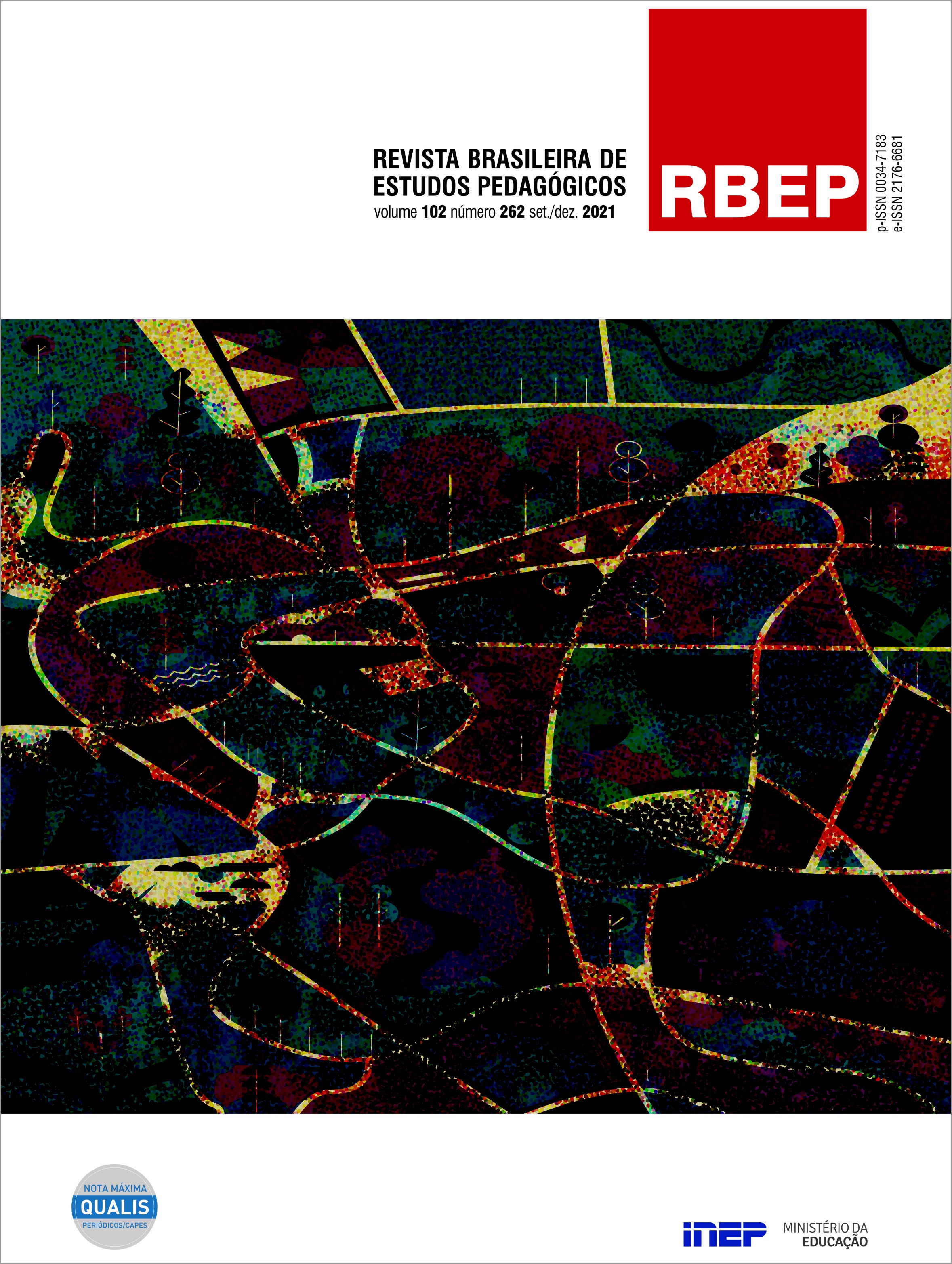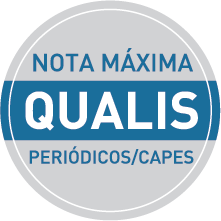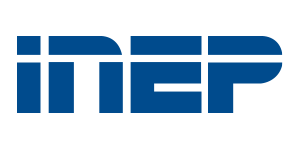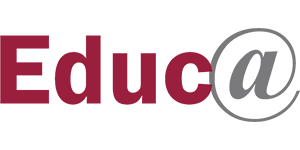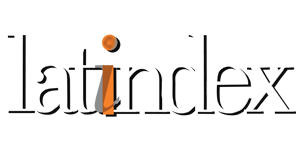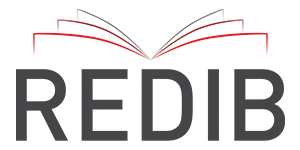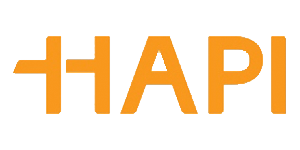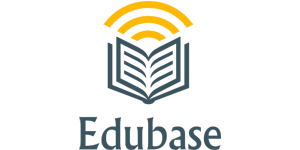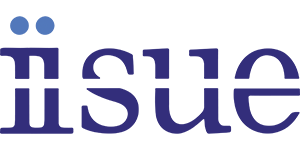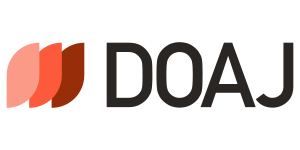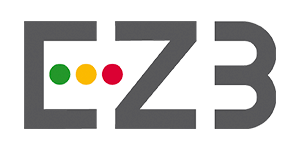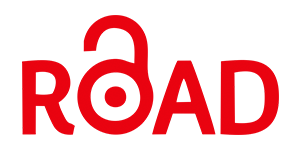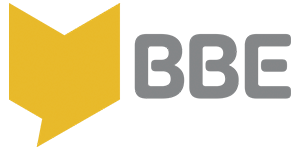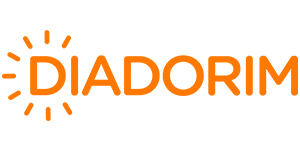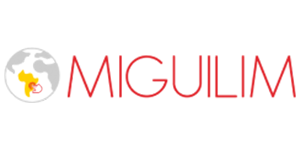The place of non-school education in Pedagogy curricula
Abstract
The article presents results of a study that aimed to analyze how specific non-school education is approached in curricular projects of a pedagogy course, in view of the different training practices applied by the National Curriculum Guidelines, approved in 2006. The methodological proposal was structured in two moments: 1) bibliographic review, in which it is contributed that they are interrelated with non-school education with Pedagogy and references of curricular theory to touch on the understanding of the text of the curricular rules; and 2) documentary research, in which ten pedagogical projects of the Pedagogy course of higher education institutions in the Federal District are examined, distinguishing them in thematic categories, through which an analysis of the surveyed content is effected. After being immersed in the data, we arrived at the understanding that these teaching institutions, in accordance with the course guidelines, form the pedagogue but signal to the spaces of professional performance beyond the school, especially to outline disciplines and supervised internships that contemplate this field. However, we observe the isolation and disconnection of these curricular components in relation to the general training proposal, which signals a need to create more effective curricular proposals to encompass a non-school exhibition in the training of pedagogues.
Downloads
Copyright (c) 2021 Brazilian Journal of Pedagogical Studies

This work is licensed under a Creative Commons Attribution 4.0 International License.
Once their work is accepted for publication, author’s copyrights are automatically relinquished to the National Institute for Educational Studies and Research Anísio Teixeira (Inep).
Since 2016, the journal Revista Brasileira de Estudos Pedagógicos (RBEP) uses the licence CC-BY.
Partial or total reproduction of the content of this Journal is permitted provided that the original publication is properly referenced, as well as a link to license CC BY 4.0 and to indicate any possible alterations made to the article.

